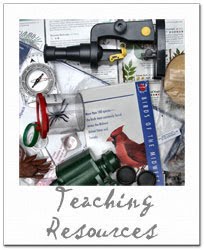This is a blog for foreign language learners, teachers and people who want to develop skill as a writer or give polished speaking presentations.
martes, 1 de diciembre de 2009
Teaching blogs online
This is a blog for foreign language learners, teachers and people who want to develop skill as a writer or give polished speaking presentations.
lunes, 30 de noviembre de 2009
Learn more about webquests...
Some tips for teachers
Utilize many visual aids to help in teaching a skill, especially for elementary students.
Have your lesson plans written in time blocks. Have all materials on hand. Make sure you attend to the smallest detail, for example: how the material will be distributed. Know your subject matter well and have more than one idea regarding how to impart the skill you want mastered.
martes, 24 de noviembre de 2009

Explanation of the video lesson plan
Selected video
URL: http://www.youtube.com/watch?v=oX54t1scUig
Length of video: Crime time: Under control
Creators (or published by): future thought
Previewing: Ask questions and use a short fill in the blanks about vocabulary of junk food, so they can become familiarized with the video.
Activity (or activities):
1-Let the students know about the purpose of the lesson by asking them questions about the topic. Example: What food do you like to eat? Do you like to eat at MC Donalds, KFC, Burger King…? Do you eat vegetables?
2- Then a little fill in the blanks about vocabulary of junk food.
Write the correct word to describe what is being shown in each picture. Choose from the list the correct Word.
COKE- HAMBURGER- DOG- POPCORN- FRIES- COMBO
NOTE: you can paste here the pictures that refer to each word. And make sentences that have a gap in each one.
Time: 5 min.
While-viewing: Watch the video. After watching the video a couple of times, the students are going to make a true/false exercises about the clip.
True and False exercise
Circle the T if its for TRUE or F if its for FALSE .
1- The police officer was eating donnuts at the beginning of the clip? F T
2- At the second day, the police was eating coffe with one cookie? F T
3- The thief always ran from the police officer? F T
4- The police officer could drive the aqua ski? F T
5- The third day the police officer was eating a burrito? F T
6- At the end of the clip the police officer could catch the thief? F T
7- The police officer was eating healthy food? F T
8- The police officer was eating junk food? F T
Time: 20 min.
Post-viewing: After students have completed watching the video. They have to write a short summary of what they understood of the video.
Activity (or activities): Write a short summary of what they understood of the video.
Time: 10 min



